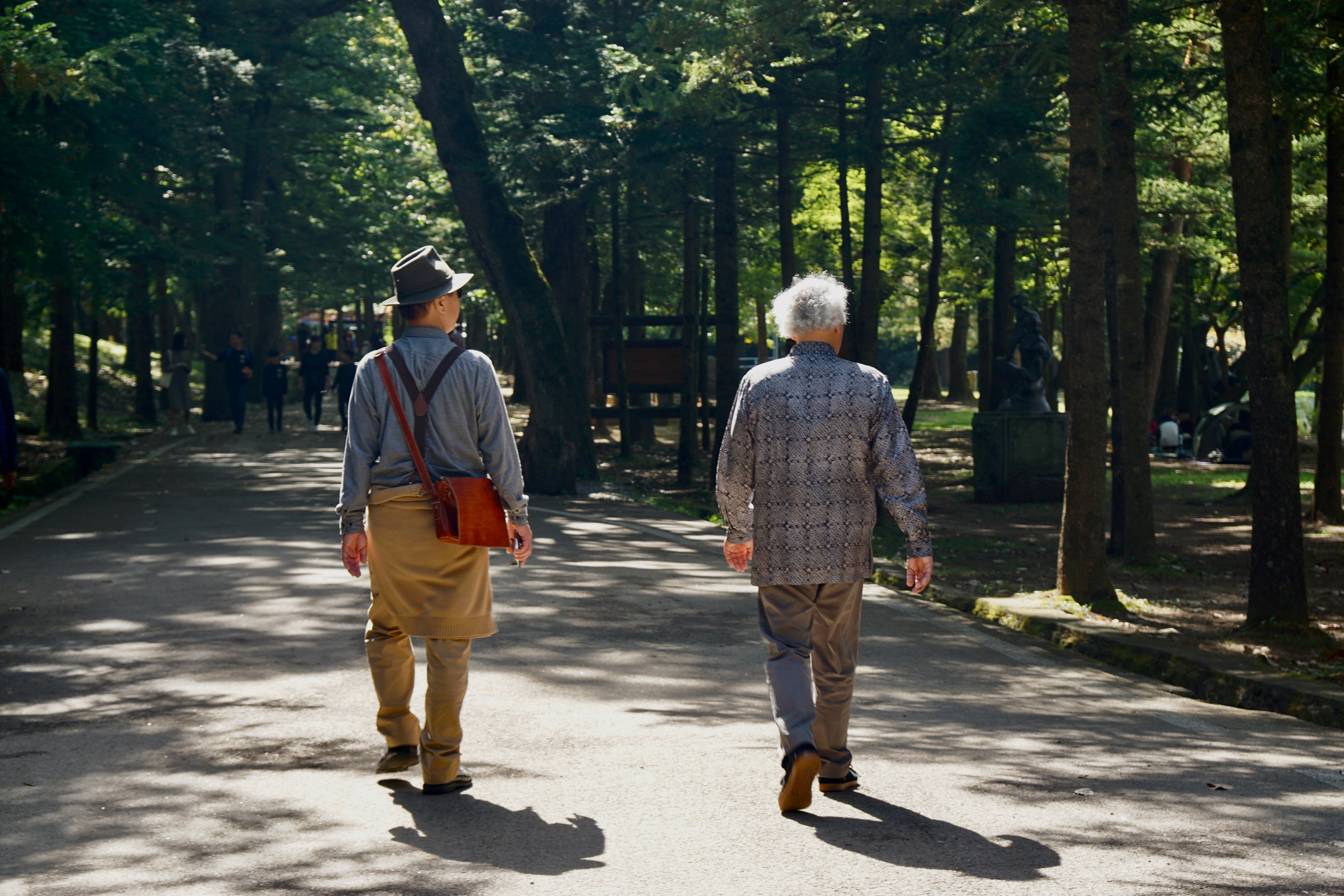Mobile Methods

Mobile methods (that is, methods concerned with mobility rather than communication and technology) is an umbrella term for engaging with participants ‘on the move’ and is traditionally used within studies on mobility and place. An example of mobile methods includes ‘walk-along interviews’ whereby an interview is conducted whilst walking together or moving together with a participant. Typically, this would be done in an area of significance for the study, such as walking through a nightlife area to understand how participants ascribe meaning to that part of a city. Mobile methods can also utilise technology, such as filming movements or recording participants within the environment. Such methods have grown in prominence over the last 2 decades and are now widely utilised in fields such as transport, critical disability studies and geography.
Mobile methods such as walk-along interviews are praised for their ability to bring the researcher ‘into the field’ and enable access to people’s attitudes and knowledge about their lived environment. This approach is considered a more intimate way of understanding an individual’s connection and relationship to place than a static interview (Evans and Jones, 2011). Other benefits include the ability to rework power relations due to moving being a shared and familiar practice, rather than traditional oral interviews. The presence of probes within the outdoor environment can also enhance the discussion by initiating memory and creating interactions that would not be possible within a static interview.
An example of the application of mobile methods within an ethnographic approach is Polluted Leisure, a project funded by the Institute for Creative Arts Practice and led by Dr Clifton Evers and James Davoll.
People
- Dr Clifton Evers, Senior Lecturer in Media and Cultural Studies
- Dr Gonul Bozoglu, Leverhulme Research Fellow, School of Arts and Cultures
- James Davoll, Technical Manager, School of Arts and Cultures
- Dr Una Gahern, Senior Lecturer in Politics
Publications
- Evans, J., and Jones, P., (2011). The walking interview: Methodology, mobility and place. Applied Geography, 31(2), pp.849-858.
- Gahern, E., (2019). Making space on the run: exercising the right to move in Jerusalem. Mobilities, 14(6), pp. 890 - 905










